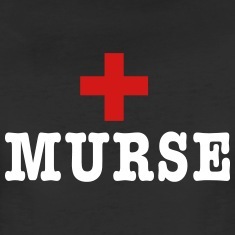HBOT is a non-invasive therapeutic treatment that delivers an increased dose of oxygen to cells in your body.
Why Hyperbaric Oxygen Therapy?

All living creatures require air, water and food - and nothing is more vital than oxygen. Your body's tissues need an adequate supply of oxygen to function. When tissues are injured, they may require more oxygen to heal. An overall increase in oxygenated blood improves oxygen delivery for vital tissue function to help promote healing, minimize injury, improve symptoms of altitude sickness, and fight infection.
How does HBOT work?
"Hyperbaric oxygen therapy increases the amount of oxygen dissolved in your blood," says Nayan Patel, a biomedical engineer in FDA's Anesthesiology Devices Branch. The treatment exposes your body to higher atmospheric pressures than normal which drives more oxygen into your system, ultimately tripling the oxygen concentration in your blood! The available oxygen then travels through your blood to be delivered at oxygen-deprived tissues.
Why Would You Use Hyperbaric Oxygen Therapy?
The FDA and Medicare have approved the use of Hyperbaric Oxygen Therapy for thirteen conditions, including diabetic ulcers, neuropathies, wound healing, anemia, and compartment syndrome. In addition, current research shows that HBOT is a viable treatment for the growing list of “off-label” conditions including various symptoms of brain injury and concussion, sports injuries, altitude sickness, chronic fatigue, and stroke. Though these conditions are not yet formally approved by the FDA, research regarding the effectiveness of HBOT is quickly expanding. Two of these conditions are of particular interest to the group of patients that are commonly treated in our clinic.
First, HBOT is very effective for acute mountain sickness. This is a common occurrence for both locals and guests to the Vail Valley when traveling from sea level. The initial symptoms of altitude sickness can include headache, lethargy, decreased performance, lack of coordination, insomnia, appetite loss, dizziness, nausea, and vomiting. A session in the hyperbaric chamber will create even higher oxygenation levels than what you would experience at low elevation, helping your body to recover quickly from acute altitude sickness.
Another exciting use for HBOT is helping to increase the healing rate of injuries. This is of particular interest to our athletes in the valley, both locals and those visiting. The working speed of the body's repair cells is limited by their ability to produce energy, and the amount of oxygen at the injury site determines how much energy can be produced. While you are being treated in the hyperbaric chamber, all four oxygen-binding sites on your hemoglobin (the portion of your red blood cells that carries oxygen) will be filled rather than the 2-3 sites which is normal for this altitude. Additionally, the higher pressure will allow oxygen to also dissolve into the plasma (the liquid component of your blood) so that it can easily be transported to the injury site. HBOT works synergistically with rehabilitation to help injuries resolve faster so that our patients can return to their active lifestyles.
In order to try HBOT at VIMG, you will need a brief physical first to make sure you are an appropriate candidate for this treatment. If you are interested in a complimentary session in our chamber, give us a call at 926-4600 today!




